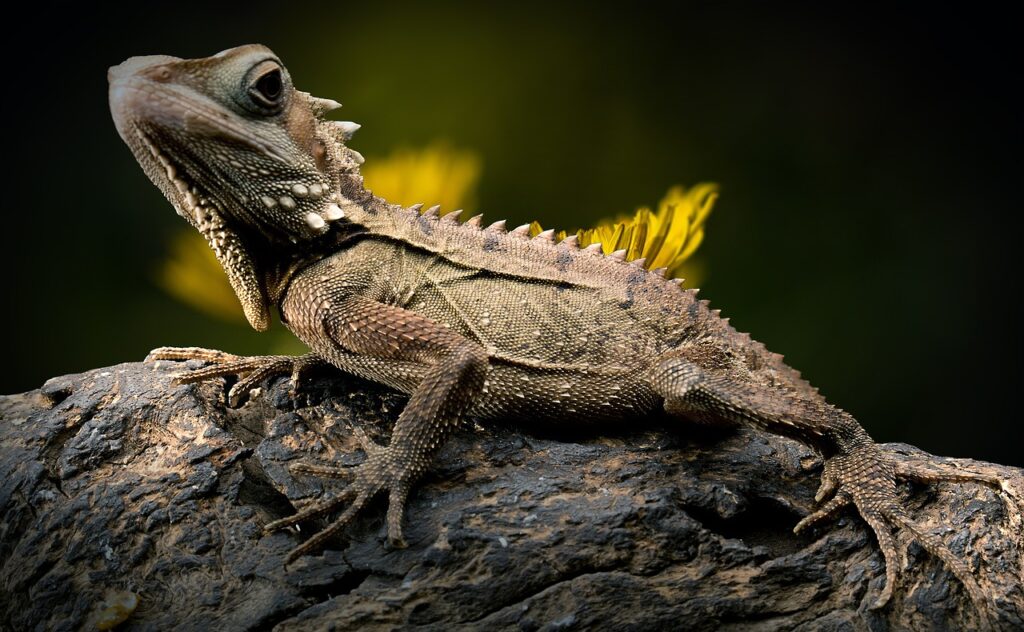There are many reptiles – such as snakes, carnivorous lizards, and some amphibians and turtles – that require whole prey items as part of a balanced diet. However, reptile owners often differ in their opinions of whether pre-killed or live prey is better. We recommend feeding pre-killed prey for a number of reasons.
Risks Associated with Feeding Live Prey
Prey animals that you can feed to your herp include mice, baby chicks, rats, and other animals. While they will most likely be afraid of your herp, that won’t stop them from causing injury, either accidentally or intentionally, to him. Some risks associated with feeding live prey include:
- Many prey animals will fight back while your herp is eating them. Even a mouse can injure a reptile if it bites him. Prey items can bite your herp’s mouth, puncture his eyes, bite through his tongue, or injure other parts of his body.
- If the prey does fight back, the wounds it inflicts introduce bacteria into your herp’s system. This can cause infection or leave him more susceptible to illness.
- If the prey isn’t eaten immediately, it may feed on your reptile. You may think that the reptile would eat it to protect himself, but if he’s not hungry, he’s not going to feed. Veterinarians have had to euthanize snakes that were fed on by rats and other prey items because the snakes were so extensively chewed and gnawed on.
- Any attacks that do occur can permanently scar or disfigure your reptile.
- If a herp is attacked by his prey, he may refuse prey animals in the future, regardless of whether they are live or pre-killed. This can lead to malnourishment and starvation.
Benefits of Feeding Pre-killed Prey To Your Reptile
Feeding pre-killed prey will alleviate all of the above concerns, and it is safer for your reptile. Additionally, you don’t need to worry about supplying a food source for the prey if you’re feeding pre-killed prey, so it’s more convenient and less expensive.
Another benefit is that you can purchase a number of frozen, pre-killed prey animals at once. You can store them for months in your freezer, so it makes it easier to always have a food supply for your herp on hand. Feeding frozen prey animals will also kill off any parasites the prey may have had that it could have passed on to your reptile.
Many people believe that feeding live prey is better for the reptile because they think he needs the “thrill” of catching live prey. The truth is that while reptiles would hunt and eat live prey in the wild, our reptiles aren’t in the wild. They are captive animals, and it is our responsibility as their owners to protect them from harm when we can. Their mental stimulation comes from a properly set up and maintained environment, not from chasing a prey animal around a small enclosure. Feeding pre-killed prey is easier, safer, and more humane.
Prey is Humanely Killed
Some reptile owners insist that feeding a live prey animal to a reptile is no less humane than feeding pre- killed. The truth is that it is going to be much more terrifying for a mouse or chick to be put in with a hungry reptile. Reputable suppliers of pre-killed prey animals have humane ways of euthanizing them. The most common method is to put them in a tank half full of carbon dioxide. The prey animal quickly loses consciousness and dies. Compare that to being terrified and then eaten, and you can see why feeding pre-killed is the more humane choice.
Feeding your reptile or amphibian pre-killed or frozen prey is the safest way to make sure they get the nutrition they need. There are many online sources for whole prey items, and you may be able to find them at pet stores as well. However, if you purchase them at pet stores, be sure to find out if they order them in or if they kill the prey themselves and how they kill it so you can be sure that you’re getting a safe, humanely killed prey animal.
